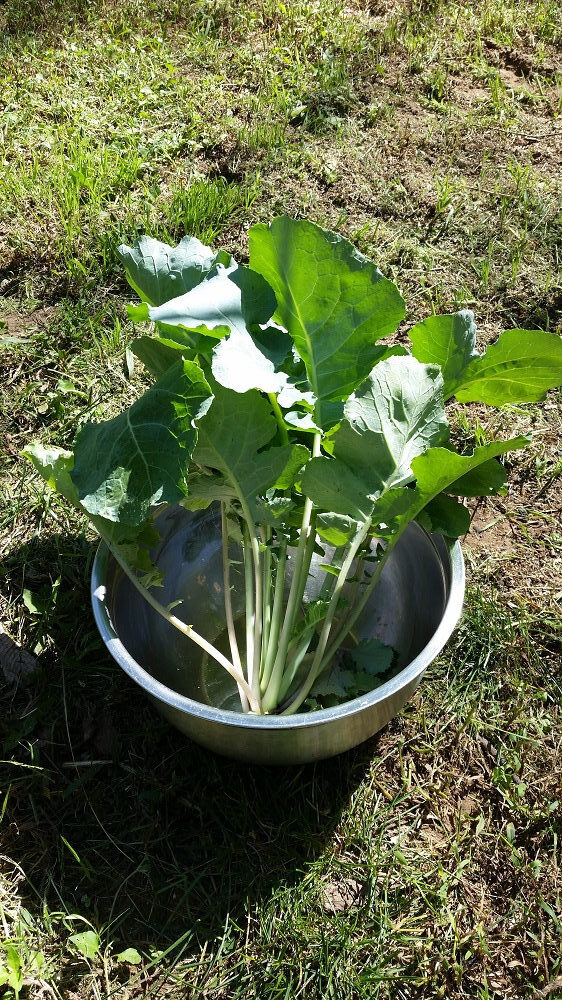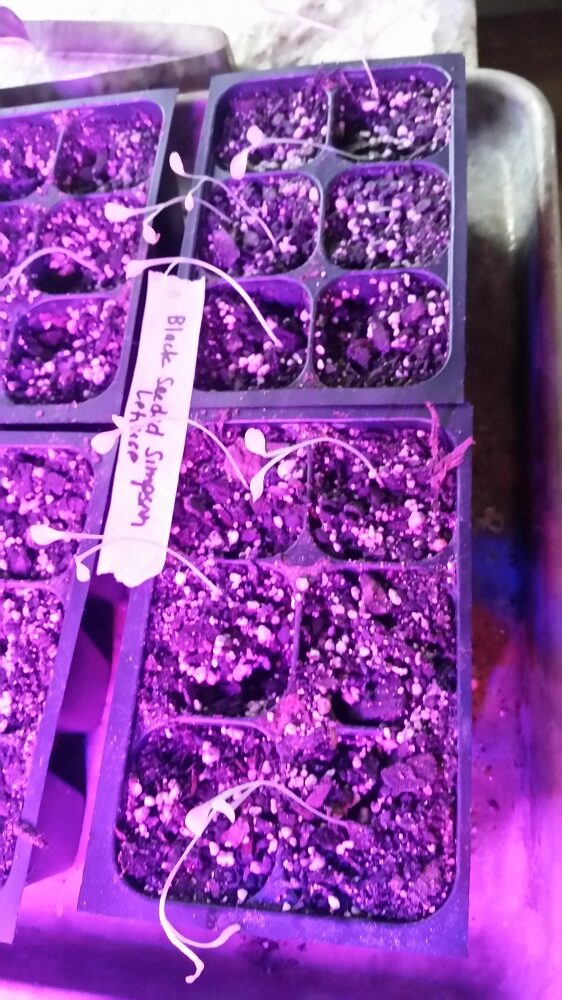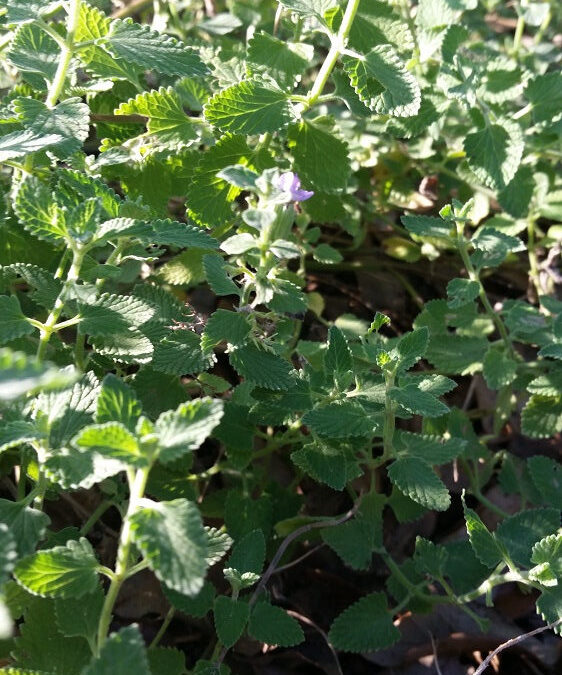Whether it’s from fruit or flower, seed-saving is one very important skill I learned late when I first started growing. It was in the context of heirloom seeds – real heirlooms, not from packets, passed down for generations – that I began to understand the importance seed-saving has in the preservation of a plant. Sometimes this act of conservancy is for an entire species, where not collecting seeds can lead to extinction. This is one of the many serious consequences of forgetting to save seed. Heirloom varieties are also often less susceptible to pestilence, unlike genetically modified strains of seed. So, the theme of preservation not only works on a macro/species level, but also works on a micro/individual plant level.
I argue, especially now, seed-saving is essential. With recent catalog and in-store seed sales skyrocketing due to panic buying in the COVID-19 pandemic, companies have run out of stock. Many people who did not plan their gardens early enough are finding it difficult to proceed into the next growing season adequately prepared. And those who regularly buy seeds find the items they’re used to planting are out of stock. That’s why new gardeners need to know about seed-saving now, and they need to act. Current gardeners would do well to practice it going forward.

Not only does seed-saving allow a gardener to have a consistent supply of seeds, it permits gardeners to extend the life of their plants. Sure, summer squash may not survive through fall, but the seeds of that squash may persist. If collected and stored correctly, they can make an appearance next spring to produce again. The plant can also cross into other territory via seed-sharing with family, friends, and community. Seed and plant swaps, and seed banks take in those seeds and spread them into the soil of your city.
There’s a predicted hunger crisis looming in America, and gardeners would do well to share their skills and with their neighbors. It’s possible to curtail this panic-buying on many fronts by sharing seeds. They’re portable, and dormant at first. But once they grow, they become teachers in the school of gardening, and they bear fruit or vegetable. The fruit contains seeds.

Instead of spending money on seeds from a catalog, create a closed system in your garden. This is one of the basics of permaculture: closed systems. Think of a closed circuit as an analogy. No energy is lost. Waste (or in this example, the end of the cycle) becomes part of the energy used to begin again. What would sometimes be thrown in the trash at worst or thrown in the compost pile can be turned into cardinal gold and grown. Bolted plant seeds are collected and replanted rather than the whole plant pulled up or plowed under with seeds included. Thankfully, in many cases like this, nature finds a way. But if we apply the proper care and attention to seedlings, we can ensure a persistent cycle.
If a food shortage is on the horizon, the most basic thing we as gardeners can do is collect seeds. If we feel distributing them to inexperienced gardeners is too much of a risk, we can start them ourselves and offer seedlings to friends. Those seedlings can make homes in containers and beds and be turned into food or medicine. Seed-saving is a past practice that can take us into the future.
References:

Recent Comments